When Going Green Is A Bad Idea: Mold and Your Indoor Home Environment
Molds are certainly nothing new. They have existed for millions of years as microscopic fungi. They occur naturally in the outdoor environment and are a vital part of the decomposition process for all organic materials. Generally, they are not even detected until they have reproduced in a sufficient quantity to become visually colorful or produce an unpleasant odor. This is how mold “breeding grounds” easily become established in forests and other areas in nature. Say hello to Aspergillus, also known as a Green Mold. Not a pretty picture, is it? Aside from the damage it is doing to your home’s structure, surfaces, fabrics, and furniture, this little microscopic fungus is a major health concern
In fact nothing could be more natural. That is until you find one of these “breeding grounds” in your bathroom, basement, kitchen, or attic!
Say hello to Aspergillus, also known as a Green Mold. Not a pretty picture, is it? Aside from the damage it is doing to your home’s structure, surfaces, fabrics, and furniture, this little microscopic fungus is a major health concern and the cause of many allergy, sinus and serious respiratory infections. You don’t have to be weak and sickly to be bothered by it. If the concentration level is high enough, even healthy individuals can become ill. In fact nothing could be more natural. That is until you find one of these “breeding grounds” in your bathroom, basement, kitchen, or attic! Wood rot and decay as found in nature. The purpose of fungus as nature intended. Mold “breeding ground” found inside the walls of a house.
Aspergillus is one of the most common molds (fungus) around. Aspergillus spores are airborne and, therefore, they are pretty much everywhere in our outside environment. There are approximately 200 species of Aspergillus, and they are all very proficient at breaking down organic compounds both outside and inside your home (for example, drywall, building insulation material, wooden beams and framing, dirt, grease and grime on cement or tile floors, plastic shower curtains and fixtures, and fabrics including carpets, curtains, bedding, and wallpaper).
All airborne mold spores easily find their way inside our homes, and because many varieties remain dormant until activated, they don’t die off! They just hang around waiting to be activated. The key ingredient is moisture.
Once a spore gets wet, it doesn’t take long for it to start growing into a visible colony (only 24 to 48 hours).
Many homes seem ideally suited to “breed mold spores.” Issues such as poor ventilation, lack of air circulation, high humidity levels in closed areas, water leaks and damp areas caused by improper construction or lack of repair, all make it easy for the process of rot and decay to take place. Within a very short period of time, the damage is well underway and your health is at risk!
Many homeowners are unaware of how this potential time bomb can impact them. By the time you see or smell a mold problem, it is already too late to handle it yourself. This is because you do not want to disturb mold, especially if it’s dry. When mold is disturbed it releases millions of new spores into the air. Breathing these microscopic spores into your respiratory system is a very, VERY dangerous thing to do because your body is a combination of organic material and moisture – the ingredients that support mold spore growth! Professional mold decontamination services are a must when dealing with a toxic mold indoor problem. You want to know
that mold is gone for good and that any construction issues, such as a pipe leak, cracks in the foundation, and improper insulation, have been fixed!
If you plan on selling your home, then this service is even more important to you. The legal issues now arising from home sales of moldy homes are real and expensive. Don’t take chances with your family’s health, the health of others, or your home investment. Get your home inspected by a Certified Mold Inspector. Find out now if you have a potential mold time bomb lurking in your home and exactly what you can do to get rid of it. This green’s gotta go!


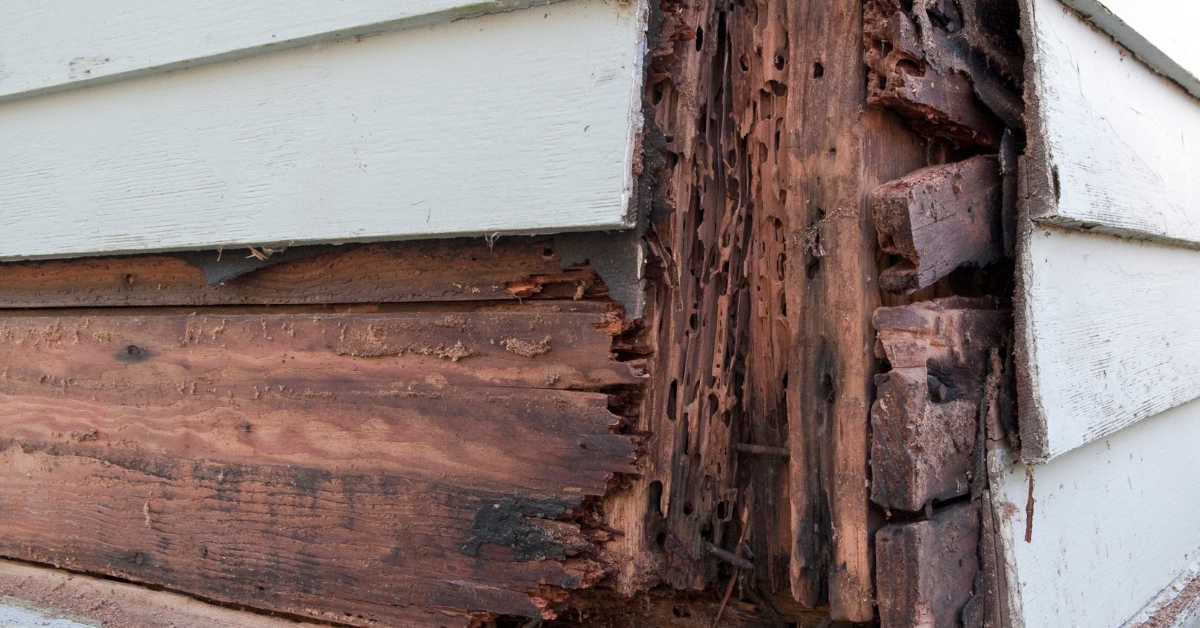


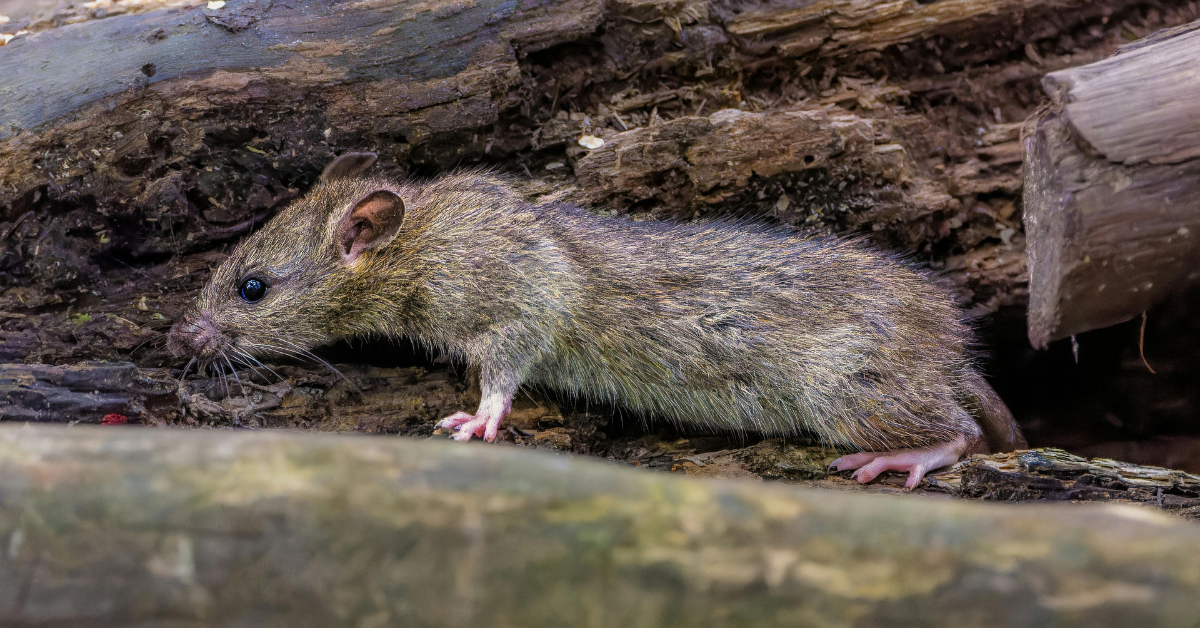
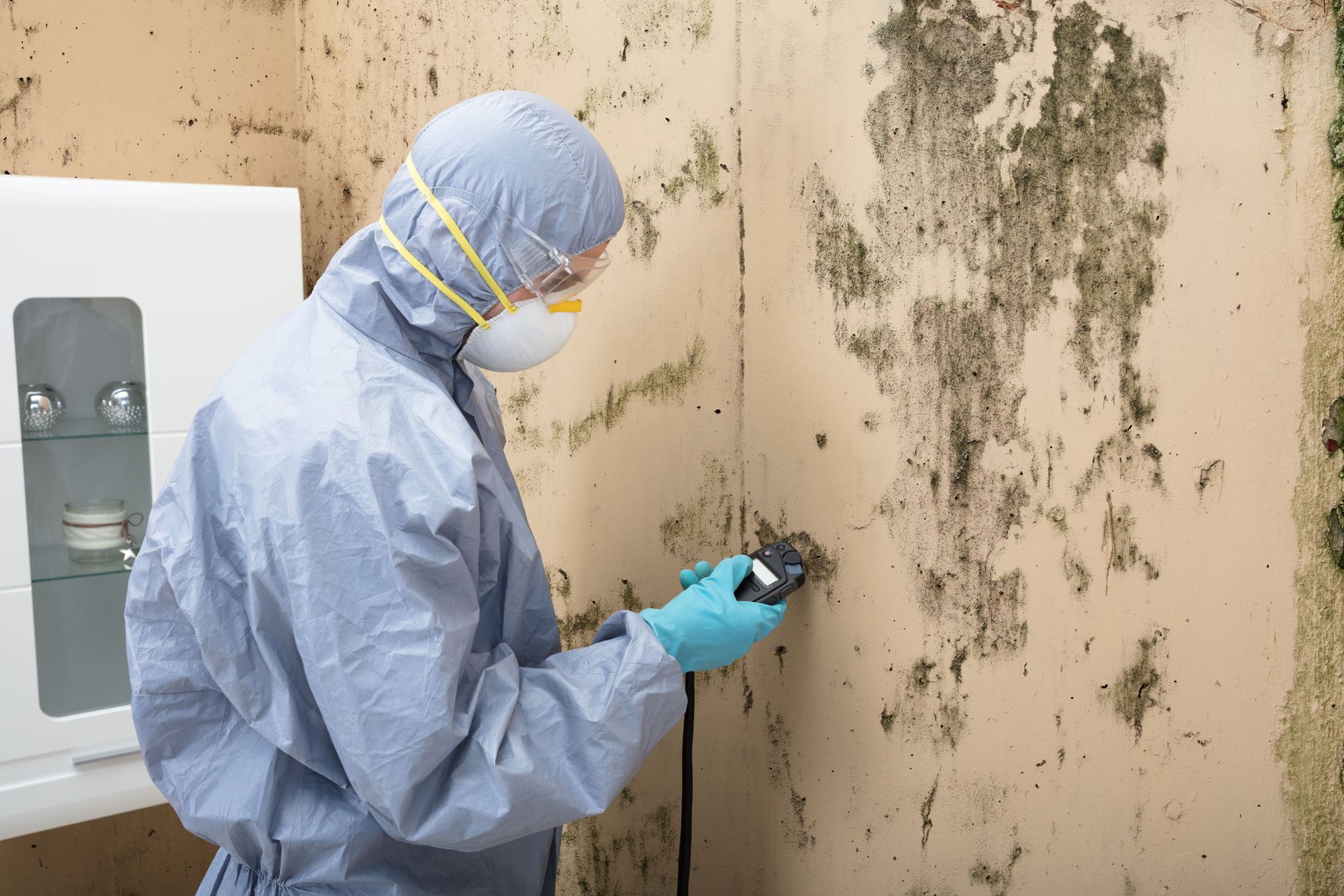
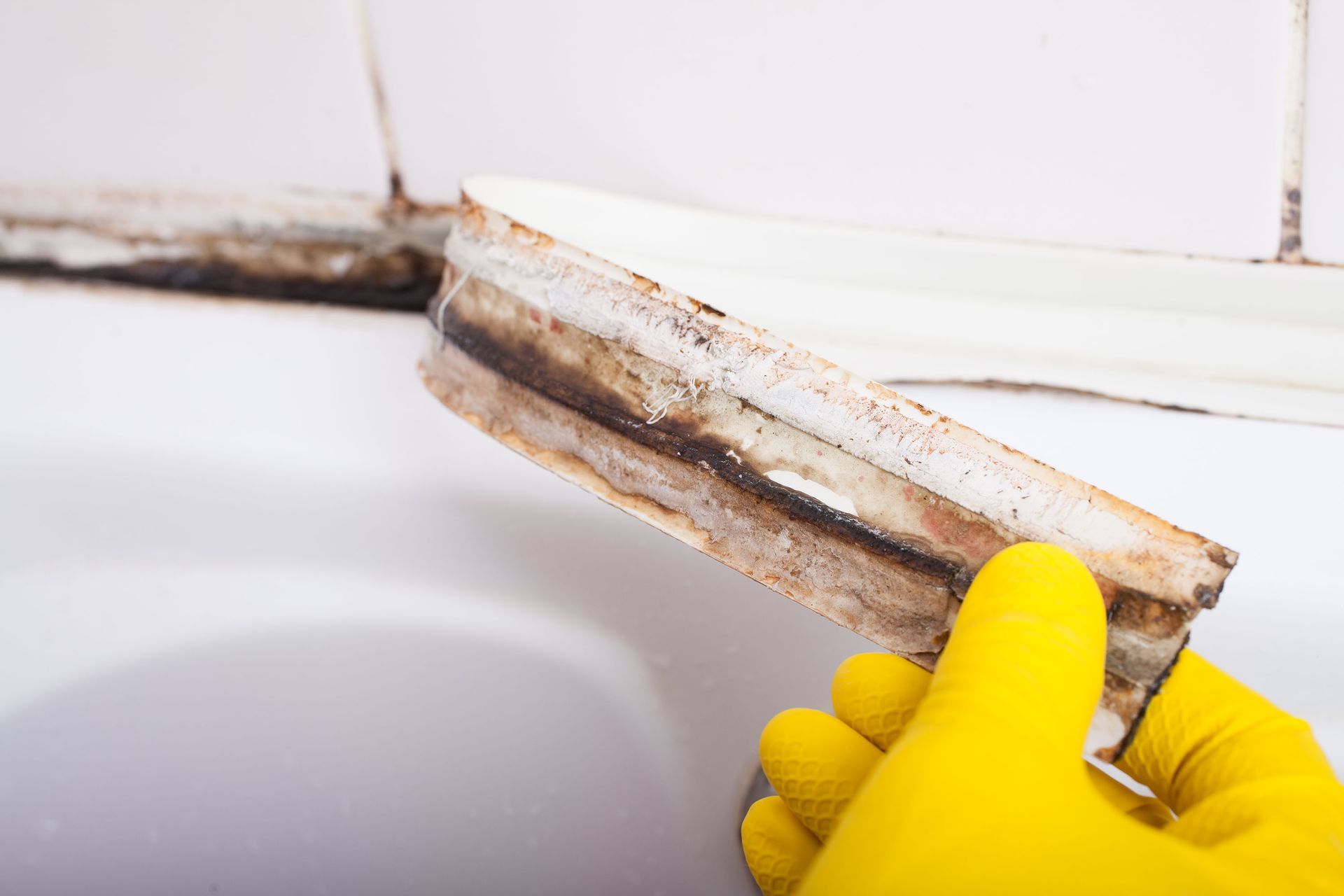
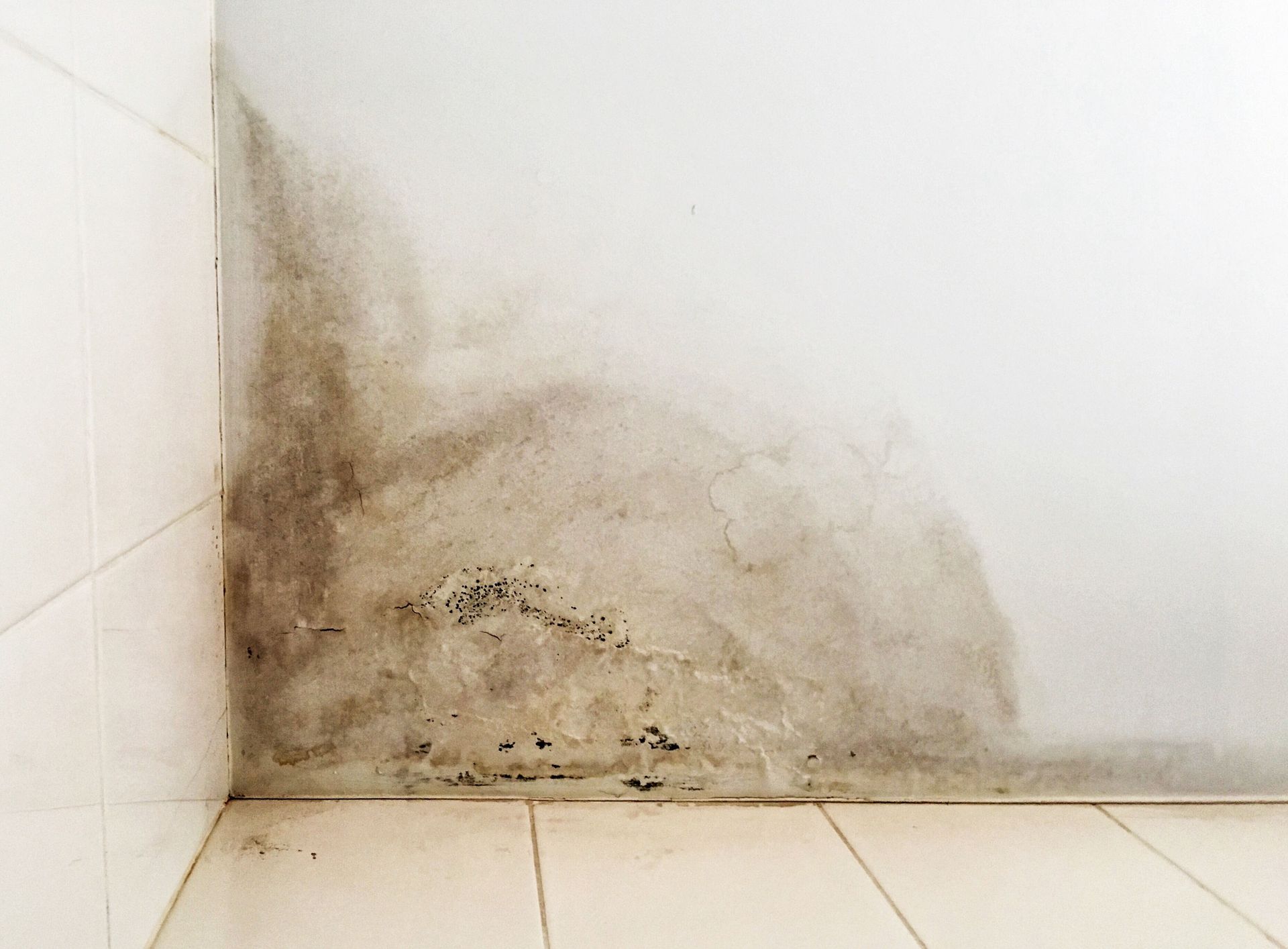
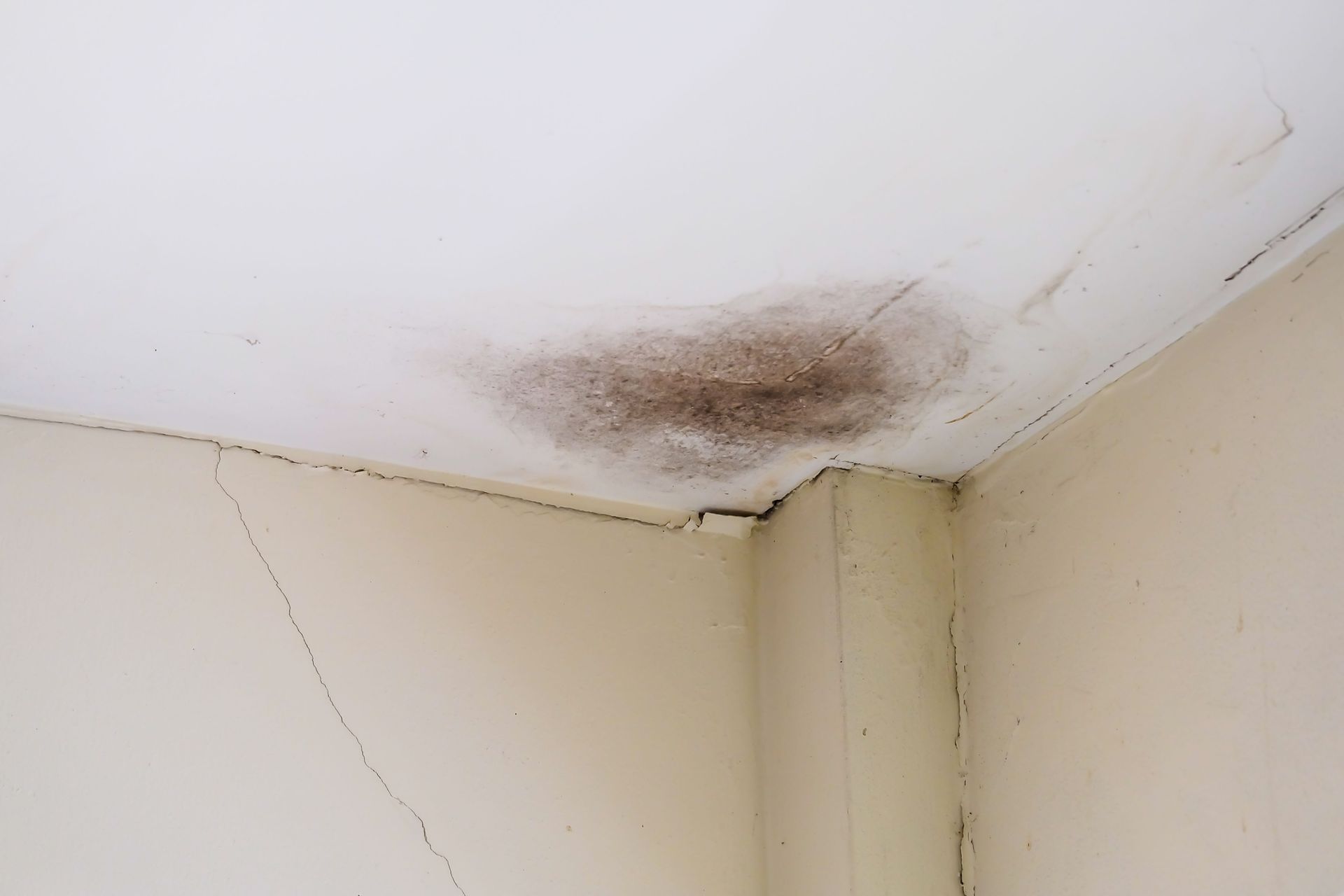

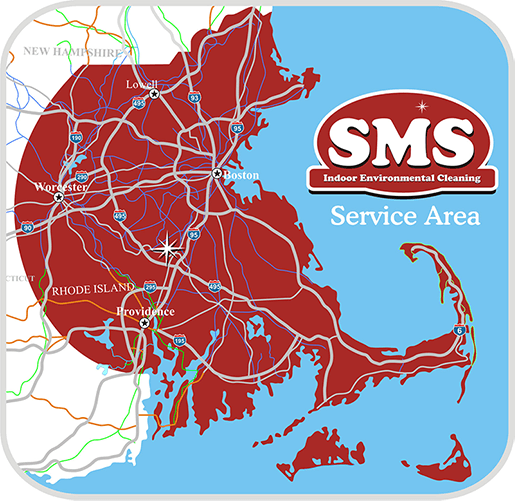
Share On: